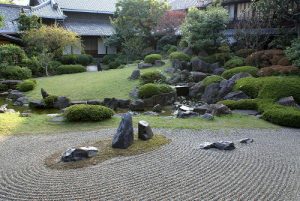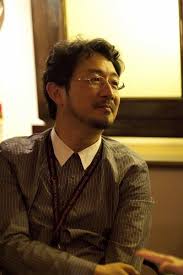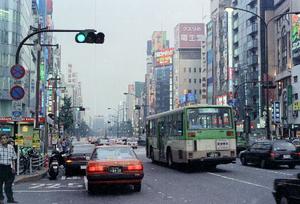carefree vagabond
Christians versus Samurai: What caused the bloodiest rebellion in Japanese history
 Japan is traditionally associated with two religions – Shintoism and Buddhism. But in fact, Christianity has existed in it for several centuries. True, the relations between Japan and Christianity are very complex, and probably the peak of complexity was the events known as the Shimabar rebellion – after which the Shinto Christians were represented by bloody rebels, and the Christians bill the Shinto for their brutally tortured co-religionists.
Japan is traditionally associated with two religions – Shintoism and Buddhism. But in fact, Christianity has existed in it for several centuries. True, the relations between Japan and Christianity are very complex, and probably the peak of complexity was the events known as the Shimabar rebellion – after which the Shinto Christians were represented by bloody rebels, and the Christians bill the Shinto for their brutally tortured co-religionists.
Coming to Deus on the Islands
Christianity arrived in Japan with the Portuguese. Until the sixteenth century, Japan lived for a long time almost in isolation from world processes (although, for example, the Mongols tried to conquer it – but Continue reading
What is the secret of the Japanese rock garden
 The mystery of the disappearing fifteenth stone is, perhaps, the first thing the European has associated with the traditional Japanese “dry” garden. However, neither the “invisible” stone, nor “Mount Fuji”, nor the sea of moss are mandatory elements of a rock garden, unlike the person for whom it is intended – a person.
The mystery of the disappearing fifteenth stone is, perhaps, the first thing the European has associated with the traditional Japanese “dry” garden. However, neither the “invisible” stone, nor “Mount Fuji”, nor the sea of moss are mandatory elements of a rock garden, unlike the person for whom it is intended – a person.
How stone gardens appeared in Japan
The Japanese Garden has come a long way of development – from luxurious spaces designed to entertain the nobility and decorate the residences of aristocrats, to hidden meanings of secluded and quiet corners for meditation. Like all primordially Japanese, the traditions of creating gardens came to the islands Continue reading
Traditional japanese tea ceremony
 Japanese culture has given the world an ideal recipe for estranging from everyday worries and gaining a sense of peace and harmony with the world. A complex, symbolic tea ceremony is subject to fairly simple principles; they connect naturalness and sophistication, unpretentiousness and beauty. The “Way of Tea” – not eating, not gathering with friends – is a form of Buddhist meditation that arose about four centuries ago.
Japanese culture has given the world an ideal recipe for estranging from everyday worries and gaining a sense of peace and harmony with the world. A complex, symbolic tea ceremony is subject to fairly simple principles; they connect naturalness and sophistication, unpretentiousness and beauty. The “Way of Tea” – not eating, not gathering with friends – is a form of Buddhist meditation that arose about four centuries ago.
Ritual history
Like other traditional Japanese practices, the tea ceremony came to the islands of the Land of the Rising Sun from China. The drink itself has been familiar to the Japanese since the 7th century; it is believed Continue reading




